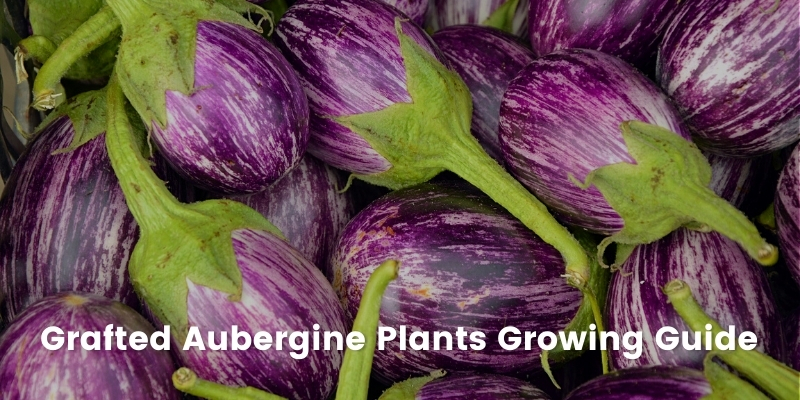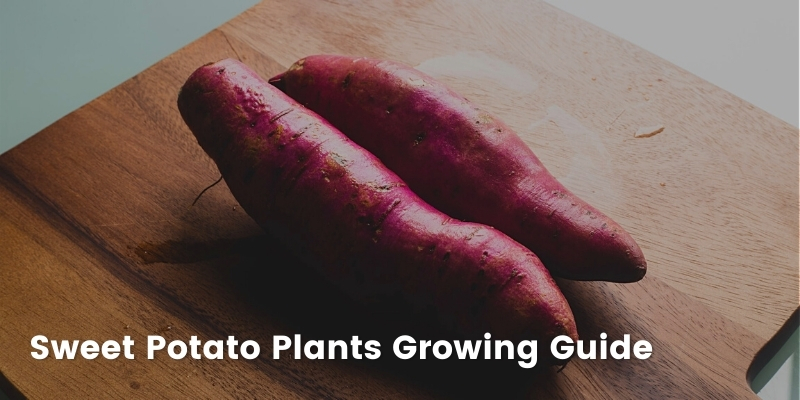Last Updated on April 30, 2024 by Suttons Horticultural Team
Growing any plant is easy when you know how and grafted plants are no different, we have produced a selection of helpful guides for you to download, print and enjoy growing your own veg confidently and successfully every time.
What are Grafted Plants?
Grafting is when the fruit bearing part of one variety is attached to the roots of a different one. This way you can choose a rootstock that is strong, vigorous and resistant to pests and diseases and attach it to a variety which grows the best tasting fruits but may be weak, slow growing and susceptible to pests and diseases. It really is a way of getting the ‘best of both’ in one plant.
For many years commercial growers have used grafting as a way of overcoming pests and diseases, however it does also have a significant extra benefit as it produces a much more vigorous plant which will be healthier and crop for longer. Currently over 60% of tomatoes grown commercially in the UK have been produced on grafted stock

How are Plants Grafted?
The Suttons Nursery team situated in Devon has developed our grafting technique to ensure these exceptional plants continue to be the most vigorous and hardy plants that will provide you with plenty of tasty produce throughout the summer.
Two plants are grown simultaneously; a tasty fruiting variety and a superstrong rootstock. The tops of the fruiting variety and the super-strong rootstock are carefully and skilfully removed by hand using a small blade to slice at an angle across each stem. The rootstock bottom and the top of the fruiting plant are then grafted together using a special clip which drops off naturally as the plant grows.
Grafted Tomato Plants Growing Guides
Growing grafted tomatoes can be very fulfilling and leave you harvesting a healthy, bumper crop of tomatoes ready for adding to delicious meals!
Click on our Grafted Tomato Growing Guide for a step by step guide including hints & tips on growing your grafted tomato plants.
Use our printable grafted tomato growing guide to keep with your gardening equipment for when it’s needed.
Grafted Pepper and Chilli Plants Growing Guides
In order to achieve a truly bumper crop and be confident that your pepper plants will deal blight and other diseases, grafted pepper and chilli plants are the only way to go.
Click on our Grafted Pepper and Chilli Plants Growing Guide for a step by step guide including hints & tips on growing your grafted Pepper plants.
Use our printable grafted Pepper and Chilli Plants growing guide to keep with your gardening equipment for when it’s needed.
Grafted Aubergine Plants Growing Guides
Grafted plants are not only more resistant to disease but they also produce fruit earlier than no grafted varieties and have longer cropping times generally. This means producing more of the fruit you love.
Click on our Grafted Aubergine Plants Growing Guide for a step by step guide including hints & tips on growing your grafted Pepper plants.
Use our printable grafted Aubergine Plants growing guide to keep with your gardening equipment for when it’s needed.
Grafted Sweet Potato Plants Growing Guides
Although Sweet Potato isn’t a grafted plant, they do produce bumper crops. Benefitting from The Suttons UK Nursery developing a unique propagation technique alongside expert growing techniques, the sweet potato varieties we sell will produce plenty of tasty tubers.
Click on our Sweet Potato Plants Growing Guide for a step by step guide including hints & tips on growing your grafted Pepper plants.
Use our printable Sweet Potato Plants growing guide to keep with your gardening equipment for when it’s needed.
Suttons Grafted Plants: How to get the most from your grafted vegetable plants
The Suttons range of grafted growing plants will have all of the best varieties of fruit and produce from chilli peppers to cucumbers. Each with unique bonuses to them when compared to non- grafted plants. You really can’t go wrong with these fantastic innovations in growing your own produce.
To view the whole range and for more information on individual varieties, click the button below.










Hi Barry, the apple tree in the fruit tree duo is grafted onto an M9 rootstock which is a dwarfing rootstock and can reach an eventual height of 2.4m and the pear has a similar ultimate height. This is if left unpruned and it is acceptable to prune these trees quite hard to keep them to a suitable height as follows …
Cut back the central stem just above a wide-angled, strong shoot, approximately 75cm (2½ft) from the ground, ensuring there are three to four evenly-spaced shoots below. If a dwarf bush is required for apple trees on very dwarfing such as M27, cut back to strong shoot at 60cm (2ft). Shorten these branches by half to two-thirds, cutting just above an outward-facing bud. Remove any remaining lower branches.
We hope this is helpful to you!
Best regards,
The Suttons Team
I have just received 2 patio fruit trees a pear apple which was advertised as patio plants but both of them are over 6 ft tall which are too big to grow in a pot in my fruit cage? l don’t know what now please can you help
Hi Edward, thank you for your review. We are very sorry to hear your plants were delivered damaged in transit. We are unable to replace these plants and have sent you a voucher refunding in full for the damaged plants and for the carriage charge. We sincerely apologise for the disappointment with your order.
Best regards,
The Suttons Team
I received 3grafted tomatoes yesterday honeycomb very disappointed with them one graft disconnected the other 2 very spindley and poor the no so6728042-1025922-1059